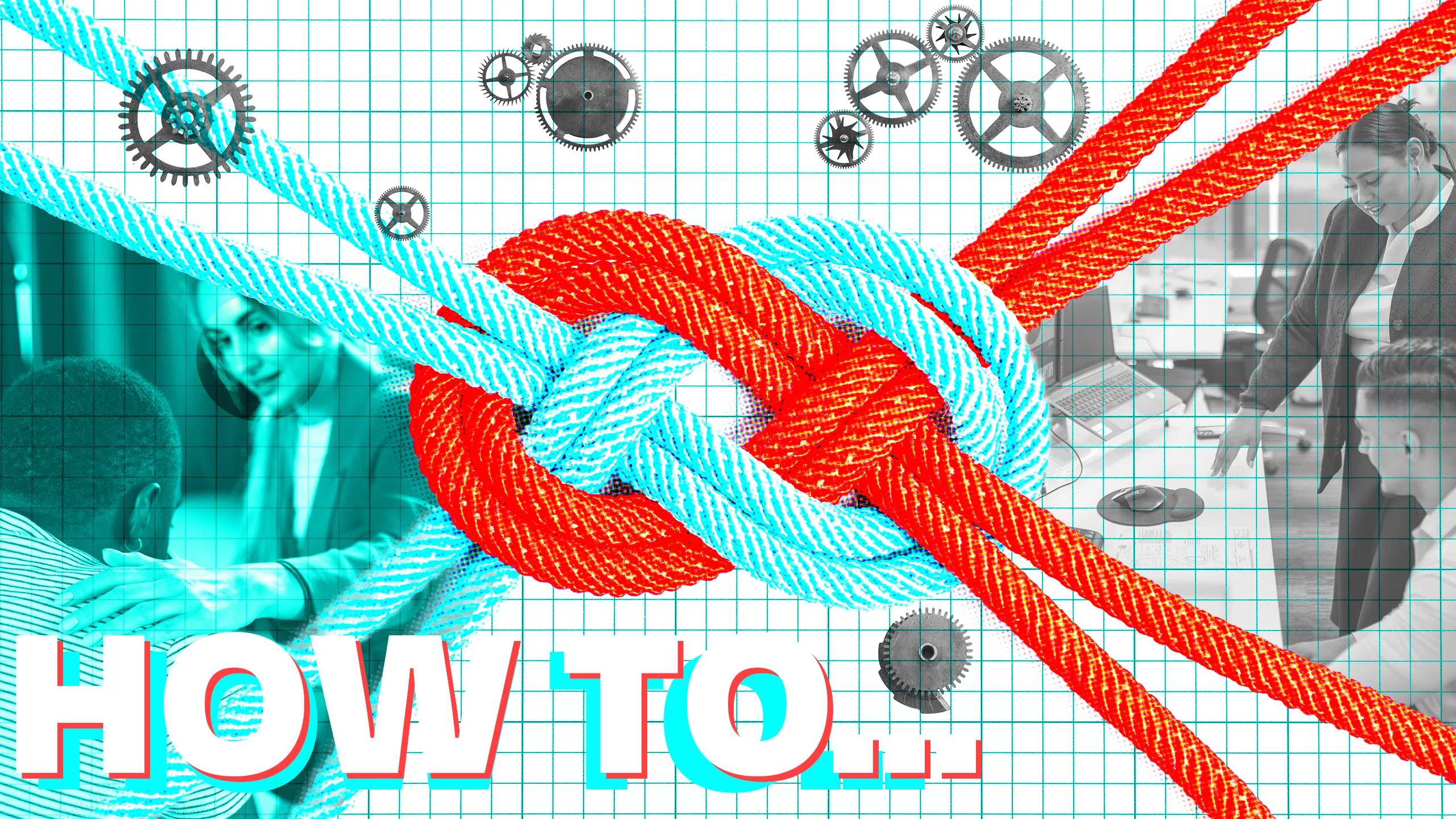It’s generally acknowledged that diversity in the workplace offers enhanced innovation, better decision making, increased profitability, access to a broader talent pool and improved employee engagement and retention. So it seems unbelievable that workplaces would not strive for a default of neuroinclusion. Even putting personal values aside, it simply makes good business sense.
Neurodivergent people can be 30 per cent more productive than the rest of the population, according to Deloitte, while in a 2017 Harvard Business Review article SAP's then senior VP of digital business services summarised succinctly one important reason why this might be so: “Hiring neurodiverse talent helps offset our tendency, as a big company, to all look in the same direction.”
According to the Institute of Chartered Accountants in England and Wales (ICAEW) up to one in five (20 per cent) of the UK can be considered to be neurodivergent. For clarity, ‘neurodivergent’ can refer to autism, ADHD, ADD, dyslexia, dyscalculia and dyspraxia and, more likely, a combination of some or all of these.
My son Dylan is autistic and his experiences in school opened my eyes to the challenges and potential of neurodiversity, prompting both some personal reflection and a professional drive to help create workplaces that are set up in such a way that every individual can truly thrive.
One hugely important factor in that is the way businesses communicate with and engage neurodivergent employees. So to help make sure it is done right, here are some pointers for internal communications professionals to focus on:
Listen to understand
The bedrock of any good internal communications is truly understanding your audience’s needs, and the bedrock of any good workplace is being a listening organisation. This is particularly essential when providing a neuroinclusive workplace. Focusing on neurodivergent needs, and helping people understand those needs, avoids making assumptions and potentially isolating people further.
What works for one neurodivergent person won't work for the next. The goal should be to provide a variety of ways for people to feel comfortable and do their job well. And for that to happen you need to listen, and then act.
- Collaborate: build engagement and communication plans in conjunction with your DEI experts and neurodivergent community (if you don’t have them in place already, you’ll need to take steps to set them up and then consult with them for comms activities).
- Use plain English every time: it’s important to provide clear, direct instructions and avoid ambiguous language.
- Educate and celebrate: share stories of how your neurodivergent employees experience work and share their strengths with the business.
Leaders walking the talk
Workplace leaders are pivotal in shaping a workplace culture that embraces neuroinclusive communication. Yet, many leaders are still under-equipped: ACAS found 45 per cent of line managers lack organisational knowledge about neurodiversity.
The first step they need to take is adopting a flexible approach that seeks to understand without judgement. Neurodivergent employees benefit most when leaders move beyond performative allyship and become accomplices – actively working alongside them to remove barriers and foster inclusion. This shift in mindset signals that ‘we’re in it together’, and builds trust.
Forward-thinking organisations are investing in emotional intelligence (EI) interventions and inclusive leadership development. Psychological safety is a cornerstone of EI. As highlighted in the book Rebel Ideas: The Power of Diverse Thinking by Matthew Syed, the safer people feel, the better teams perform.
Neuroinclusive communication contributes directly to this safety by validating diverse ways of thinking and working. Further to this, research shows that middle management DEI beliefs are strongly influenced by senior leaders’ attitudes, more so than by general employee sentiment. This means that when senior leaders model inclusion, it cascades through the organisation.
- Provide the necessary tools: supporting burdened middle managers with the internal comms resources they need will help them keep inclusion at the core of everything they do.
- Actively seek to draw on strengths: Work with people to find out what they consider their strengths to be and how best to draw on those. For example, I heard of someone who praised her middle manager for encouraging the use of a (mutually agreed) profile that outlined the best ways of working with her, based on her strengths and challenges (primarily to do with communication); this turned out to be very beneficial for both parties.
- Reflect, challenge and celebrate together: Consider neuroinclusive interactive team activities that help teams reflect on neuroinclusion, challenge assumptions and celebrate diverse minds.
Jen Robinson is an employee engagement consultant at award-winning brand consultancy The Team
Photos: Getty Images

